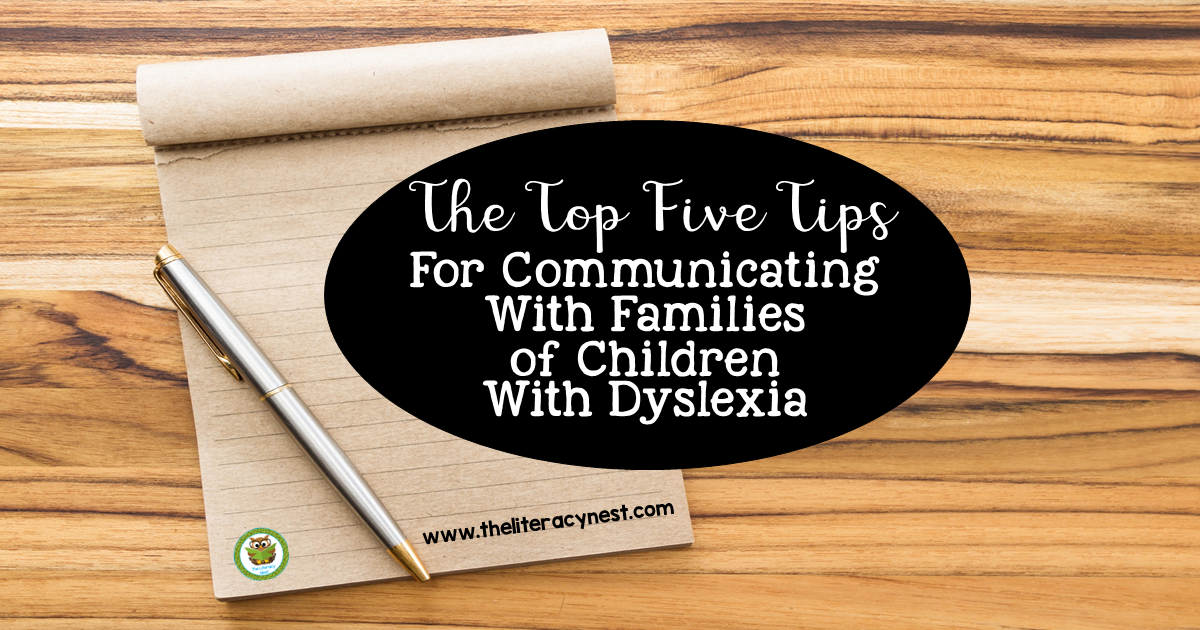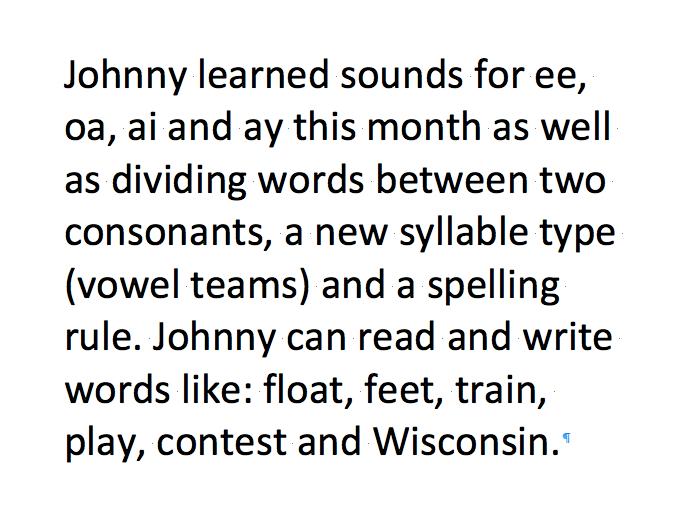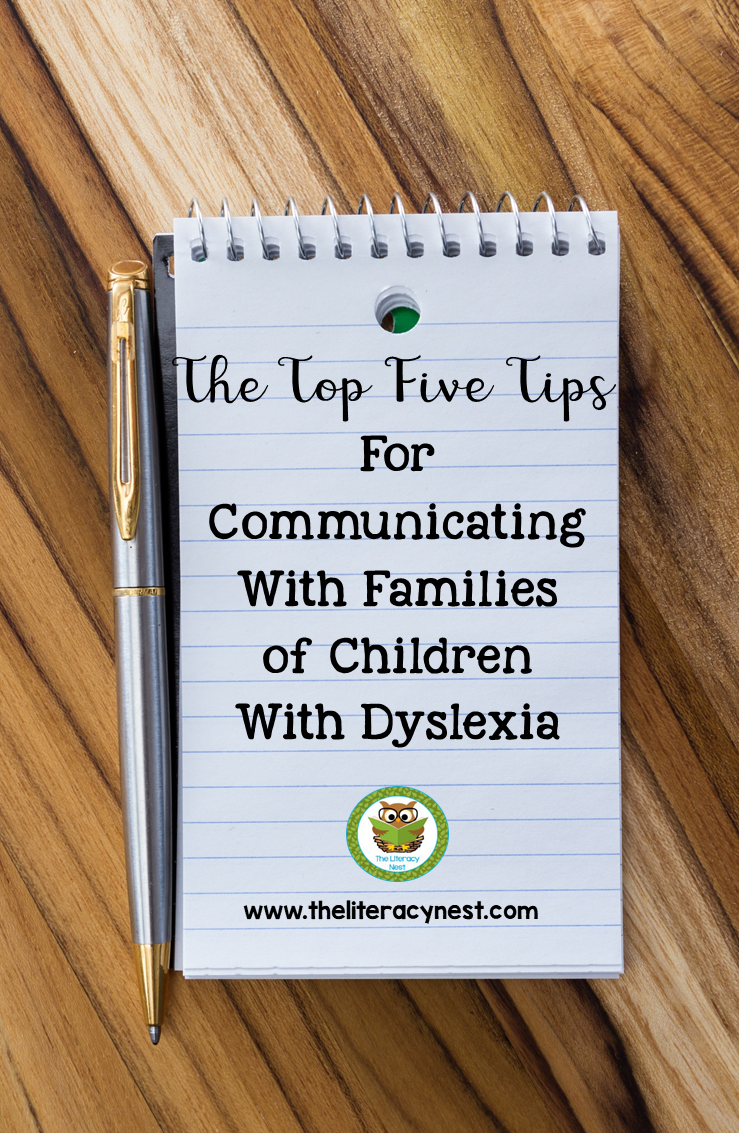Top Five Tips For Communicating With Families of Children With Dyslexia
The Top Five Tips For Communicating With Families of Children With Dyslexia
Imagine you are a parent who has a meeting with her child’s teacher. Arriving at the school, she arrives in the office five minutes early for the appointment. The secretary directs her to sign in and take a seat. Suddenly, the advocate parent feels like she is 8 years old, waiting outside the principal’s office, wondering what her punishment is going to be. As the minutes tick by, her confidence fades and she begins to feel self conscious, a grown woman sitting in a chair probably designed for children. As the meeting begins, the parent enters a room in which she is outnumbered by unfamiliar faces seated around a big table, and takes a seat, not sure what to expect.
This is a typical experience for many parents. It isn’t hard to imagine the stress and discomfort that the mother in this example is feeling, especially when you realize that this has all occurred before the parent has had an opportunity to hear any information, ask any questions or participate in any decisions. Even a teacher feels out of her element when seated on the other side of the table.
For parents working with a private tutor, while communication may be less formal, many parents still feel nervous and well outside their comfort zone. For teachers and tutors of struggling readers, it is important to remember that dyslexia is often hereditary. It is highly likely that at least one child you teach has a parent that has had difficulty with reading or spelling. They may even have undiagnosed dyslexia themselves.
Here are a few tips to make parent communication more effective and comfortable for both of you!
- Think outside the box. What is the best way to communicate with this particular parent? Email? Phone? Text message? or handwritten note? Take into consideration how they choose to reach out to you. When in doubt, talking face to face is best.
- Avoid using “teacher lingo” when talking to a parent. Try to say what you want to convey in plain English. Using examples sometimes makes it easier to avoid using specialized vocabulary. Instead of saying that “Johnny is learning consonant digraphs,” you might say “Johnny is learning to read words like: bath, shed and chop.” Showing parents a copy of a recent story can give them a better glimpse of reading skills than a number or letter.
- Establish a rapport with parents, just like you do with students. Together you are a team working to help the child learn.
- Make communication part of your regular routine, whether it is formal progress updates or short conversations, don’t wait until there is a problem or concern to open the lines of communication.
- Be honest about the sequence of learning you are following and the child’s progress. There are lots of empty promises directed at parents of children with dyslexia. They deserve to know that remediating reading difficulties, or going through the process of Orton-Gillingham tutoring takes time.








For getting a bright career, education is the best way to achieve our goal. Your content tells the same and keeps sharing such an inspiring post like this.
Regards,
spoken english classes in tambaram east | spoken english classes in tambaram | best spoken english classes in tambaram | spoken english class in pallavaram | spoken english classes in tambaram